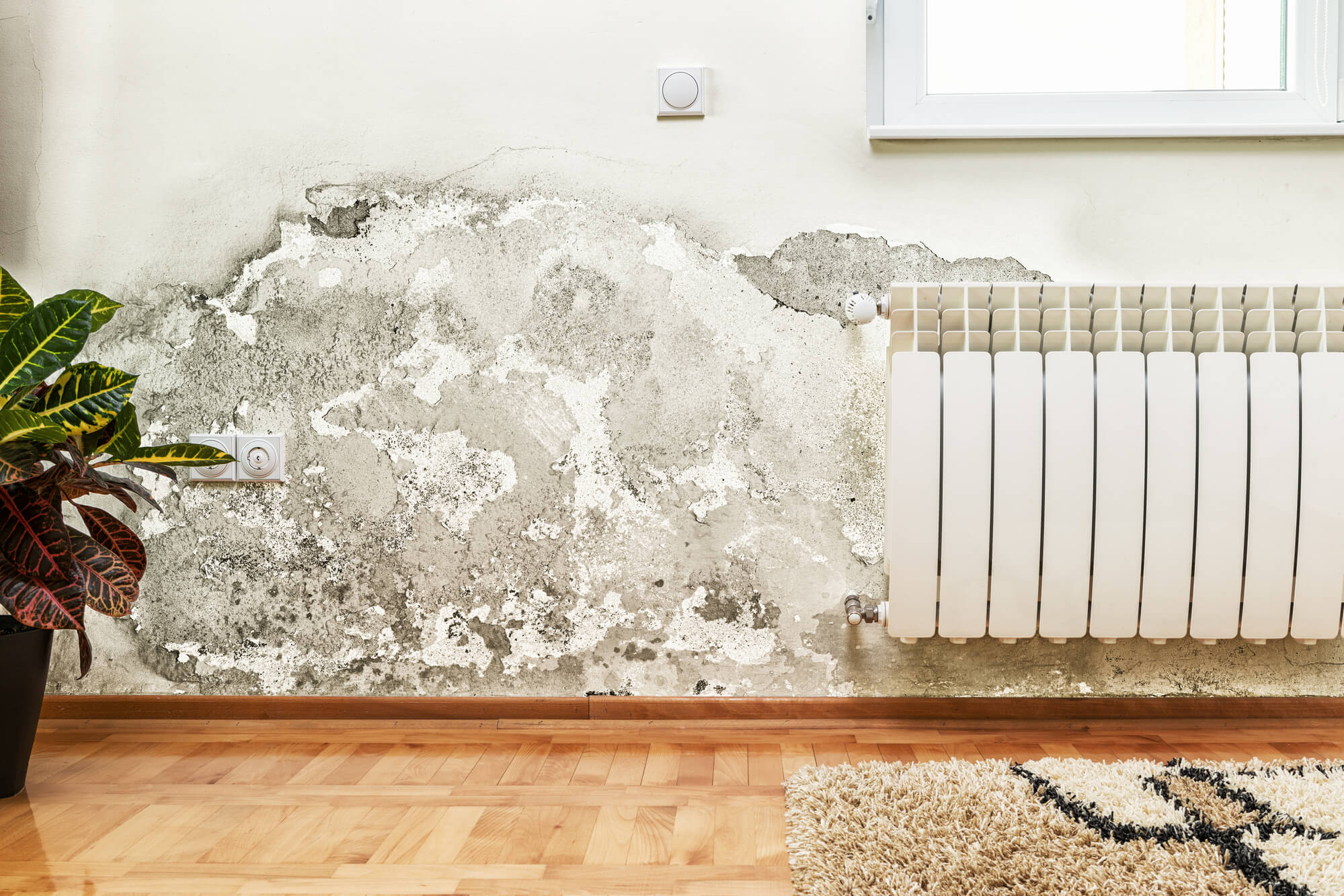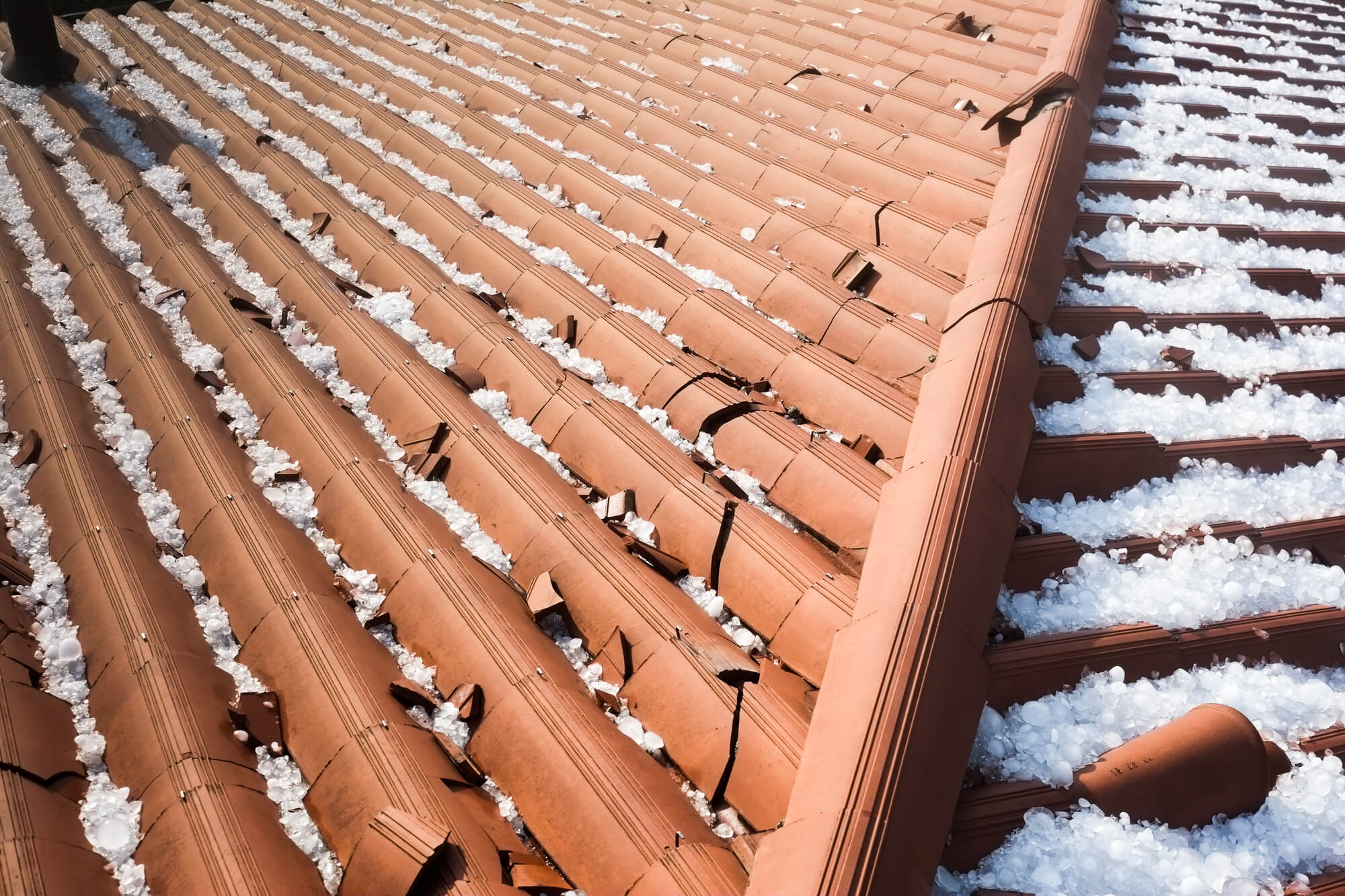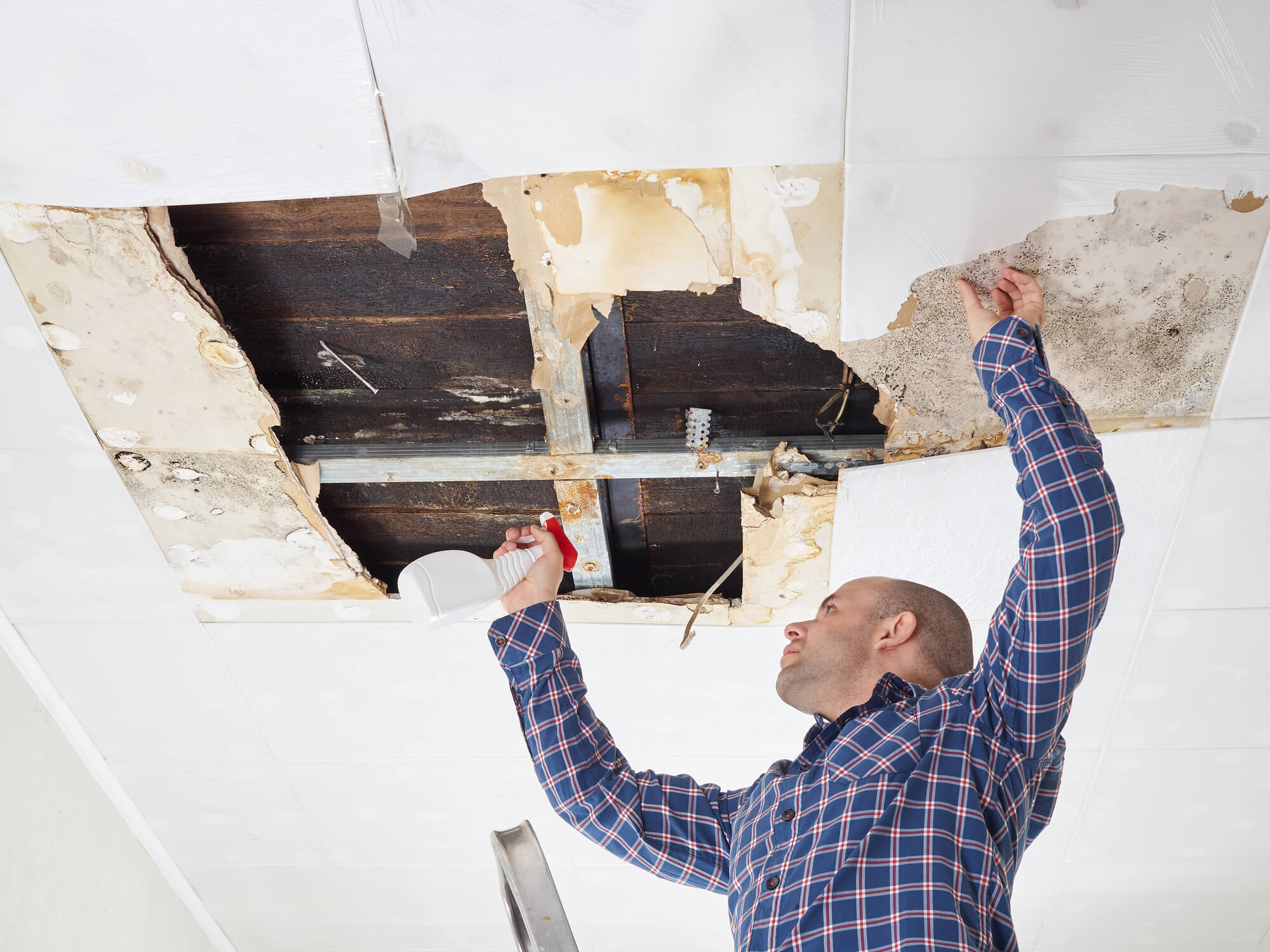December 31, 2025
Snow and Ice Management: Protecting Commercial Roofs and Building Exteriors from Winter Strain
Winter conditions like snow and ice create a very different operating environment for
While people experience many types of natural disasters, storms are among the most common. These could bring heavy rains and winds that can cause considerable damage to commercial properties, compromising their safety. For this reason, many business owners hire storm damage repair services in the aftermath of a storm. These professionals will thoroughly check for any issues that may need immediate attention to prevent further damage to the property.
You might be wondering what happens after a storm strikes. We’ve compiled the different types of storm damage and outlined a detailed walkthrough of the restoration process to help you understand what happens after every storm.

Storm damage can strike anytime, no matter what season it is. When it does, it can cause extensive damage to your commercial property along with costly repairs. For instance, high winds can cause cracks and curl or lift the shingles on your roof. Moreover, flying debris can leave holes in your roof and siding.
Fallen trees are one of the most evident signs of impact damage. Strong winds create extreme pressure that can uproot trees and cause them to fall on commercial properties. No tree can withstand continuous critical wind speeds around 90 mph. It’s important to note that the critical wind speed’s breaking phenomenon is usually independent of the tree’s height, diameter, and elastic properties.
Stormwater can cause cracks to develop in foundations and walls. Moreover, water damage can occur around windows and doors. Besides compromising the building’s structural integrity, water damage can pose several health hazards, such as mold and mildew growth.
Addressing this issue is essential before allowing residents and visitors to return to the structure because exposure to damp and moldy environments can cause your immune system to overreact when you breathe in mold spores. Consequently, mold allergies can lead to coughing, red or itchy eyes, and skin. Some people may even experience restricted or difficulty breathing and other airway issues.
Hail damage is one of the most challenging types of storm damage to identify. For instance, a roof that bears the brunt of a hailstorm may feature dark spots in areas where hail knocked away roofing granules. Besides affecting roofs, hail damage can crack or chip your siding. If left unaddressed, hail damage can cause more extensive issues, including leaks and cracks.
Storm damage recovery is heavily dependent on insurance. For this reason, it’s best to take inventory of your property after a storm. You should have an inventory before and after a storm strikes to document the building’s contents. After taking an inventory, keep it safe by storing it in a secure location, such as a fire-or flood-proof box or a safe deposit box.
You’ll want to board up your property inside the harbor or on the coast to protect against strong hurricanes that bring in high winds and floodwaters. You’ll want to board your windows and doors up with plywood to cut down on repair costs and prevent them from breaking and letting the water in. Have on-site managers and staff identify the doors and windows you plan to protect and cut out pieces of plywood to fit them.
High winds can toss around items, such as potted plants and furniture, putting your commercial property at risk. For this reason, you’ll want to secure any debris around the business premises if you know a storm is approaching your area. Consider tying down each loose item, including chairs and trash cans. You’ll also want to secure window shutters to protect your property from flying debris and trim tree branches to prevent fallen limbs from causing potential damage.

It’s best to assess the damage your commercial property incurred as soon as the storm clears and you can move freely. If you’re trying to recoup losses caused by storm damage, you should know that your insurance provider will require photographic evidence. They may also require a professional damage assessment. Since you’ll need to provide proof for your insurance claim, use a camera to take photos of the damage.
Speak with your insurance provider and explain what happened once your photos are ready. The agent should guide you through the process of filing a claim. If necessary, they should also provide you with a claim number and a list of local emergency service providers. In addition, they should dispatch an adjuster to assess the extent of the damage and issue a payment for the repairs.
If you want to file an insurance claim, you should do so immediately. Since most insurance companies impose a time restriction, you’ll likely have up to 30 days to file a claim. Furthermore, you should contact your county emergency management agency after speaking with your insurance agent.
You don’t have to wait for help from the authorities to make the necessary emergency repairs. However, it’s best to avoid making permanent repairs before an insurance adjuster comes to assess the damage. While fixing up your damaged property may make you feel better, the permanent repairs could affect the final payment amount the insurance company may authorize.
If a storm severely damages your commercial property, you may need the help of a reputable contractor to revitalize it. However, finding a company with a proven track record is crucial. Otherwise, you may have even more problems if storm damage repair isn’t correctly performed.

BlueTeam is a general contracting firm that works with clients who own or manage commercial properties across various industries. Since we recognize that storm damage can potentially halt businesses and affect revenue, we address repair issues as efficiently and effectively as possible to minimize and eliminate risks. Contact us today to learn more about our services, request information, or request a quote.